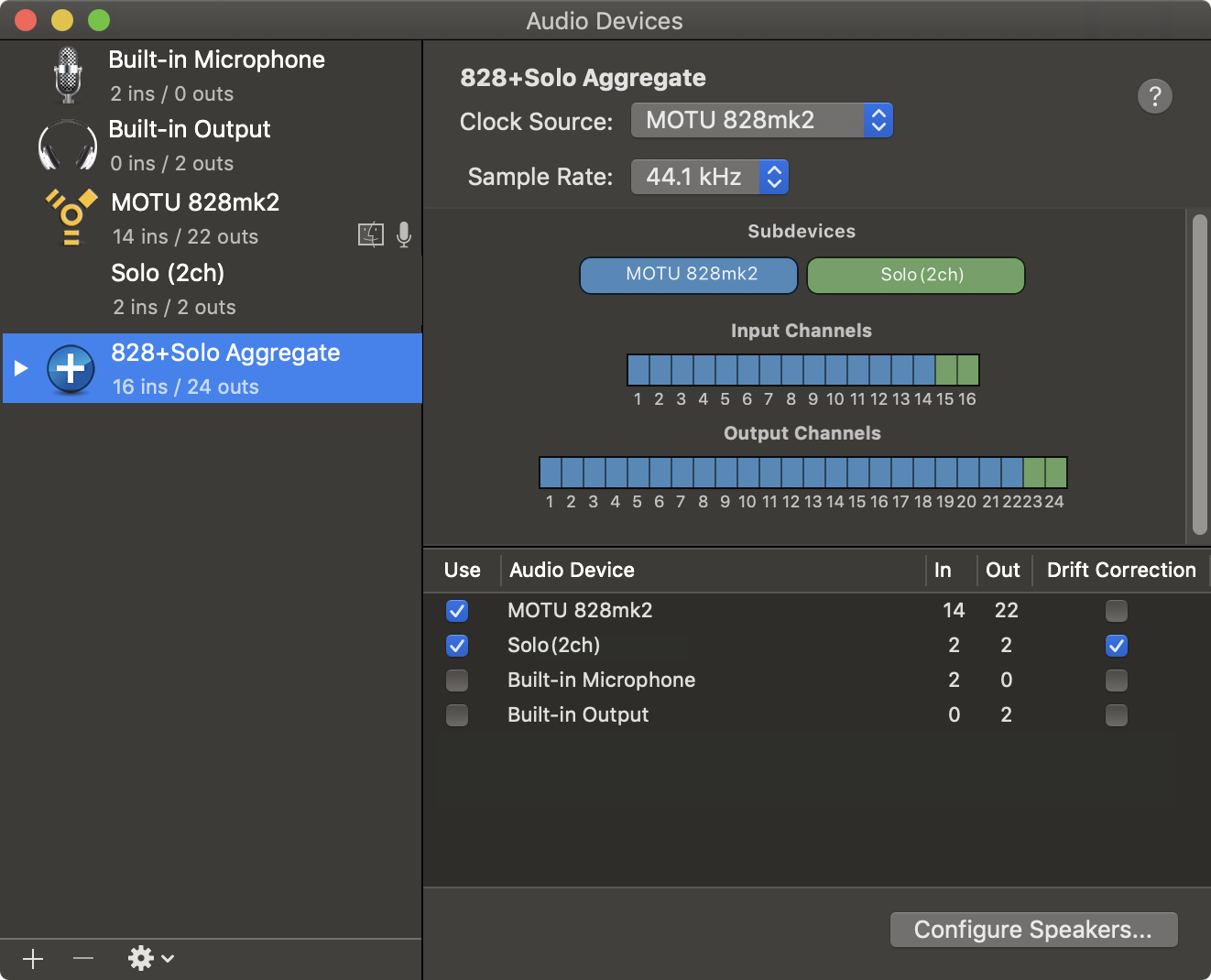

MASCHINE ROUTE INTERNAL AUDIO LOOPBACK SOFTWARE
Loop back the output that S1 main is sending to via your audio adapter software to some unused input(s).ģ.
MASCHINE ROUTE INTERNAL AUDIO LOOPBACK PATCH
Physically plug a cable (two for stereo) an output of your audio card (the one you have S1 main routed to) and patch that back into an input (two for stereo). This can be accomplished in several ways.ġ. The tricky part is the last part, the audio from S1 looped back to an input. In the dropdown select whatever input on your audio card you have looped back the output channel from S1. The next window will give you a drop down to choose your audio device. In the window select "create new" and give it a name you like. Click the + in sources and add "audio input capture" You can resize each video and use the up/down arrows to select which one is on top. This should add your studio one window to the view. Leave the other dropdowns in their defaults and select "ok" Select your studio one window in the drop down menu. The next screen will have a drop down for the window you want to use. In the window capture screen, select "create new" and give it a name and select "Make source visible" Click the + in sources and add "window capture" This should add your video camera and get your mic audio into OBS. In the dropdown under "use custom audio device" select the input you want to use for your video audio and click ok In the setup of the video capture device, page all the way to the bottom of the setup and check "use custom audio device." I do this because I also use an input from my audio card for the audio. Click the + in sources and add a video capture device, this is your computer camera. You wouldn't have to do this, you could configure one or more of these to use, but it's the way I like to do it. "desktop audio" "desktop audio 2" "mic auxiliary audio," etc. That's what you would use voicemeeter for if you had no other way to do it.įirst, I like to go to settings, then audio, and "disable" all the audio sources, i.e. Some report that their interfaces allow you to select the S1 audio directly, but I had to get the S1 audio to appear on an "input" in order to pipe it into OBS. So it depends on your audio interface as to whether you can do that. I had to loopback an interface for studio one audio, since I have an RME interface I can do that via Totalmix.


 0 kommentar(er)
0 kommentar(er)
